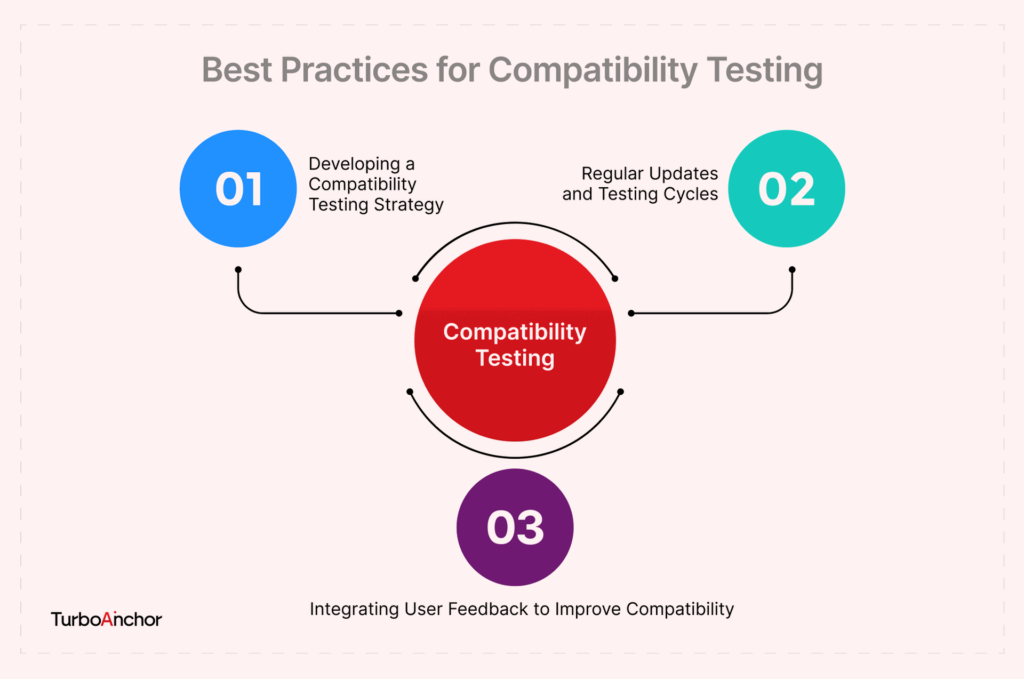Compatibility Testing 101: Ensuring Software Consistency Everywhere
Posted on: September 6, 2024 12:13 PM
Have you ever felt the frustration of a website that looks perfect on your phone but is a jumbled mess on your laptop? Or perhaps you’ve launched your app only to find users on older devices can’t access crucial features? You’re not alone. These headaches stem from one crucial
The prima
Ensuring Consistent User Experience
Regardless of their device or browser, users should enjoy the same functionality
Identifying Platform-Specific Issues
Different environments can result in u
Suggested Read: What Does a Software Developer Do? Understanding Their Impact on Modern Technology
Consider how many browsers people use. From Chrome to Safari, ensuring your software works well across multiple platforms is vital for user engage
Popular tools like BrowserStack and CrossBrowserTesting enable developers to run tests across numerous browser versions. These tools simulate real user experiences, allowing for precise debugging.
Web applications need to function seamlessly across platforms like Windows, macOS, and Linux. Each OS has unique characteristics that may affect how applications
Compatibility testing verifies that your software performs well under different OS configurations. For instance, a new software feature could work beautifully on Windows 10 but could falter on Windows 7 due to compatibility issues.
From smartphones to tablets and desktops, users engage with software in
Compatibility testing determines whether your application is usable on various devices. It considers screen sizes, hardware specifications, and operating systems to ensure performance.
Several tools can ease t
Manual Testing Tools: Applications like BrowserStack allow testers to manually explore how a site interacts with various browsers and devices.
Automated Testing Tools: Solutions like Selenium and QTP automate testing, saving time while covering extensive configurations.
Different testing tools have unique strengths. While BrowserStack excels in providing real device testing environments, Selenium offers powerful automation capabilities for those needing rapid testing solutions.
Selecting the appropr
Project Scope: A small app may benefit from manual testing, while a large enterprise solution could require comprehensive automated tests.
Budget Constraints: Some tools are free to use, while others require significant investment.

Compatibility testing is not just another checkbox on your project plan; it%u2019s a critical step in delivering quality software. It ensures that your application meets the diverse needs of its users, guaranteeing functionality and aesthetics across multiple environments. With potential savings in bug fixes post-launch and the associated costs of poor user experi
So, developers, it’s
By following the guidelines above, you will not only improve user satisfaction but also foster a reputation for quality in your software offerings. Happy testing!
Discover more topics: